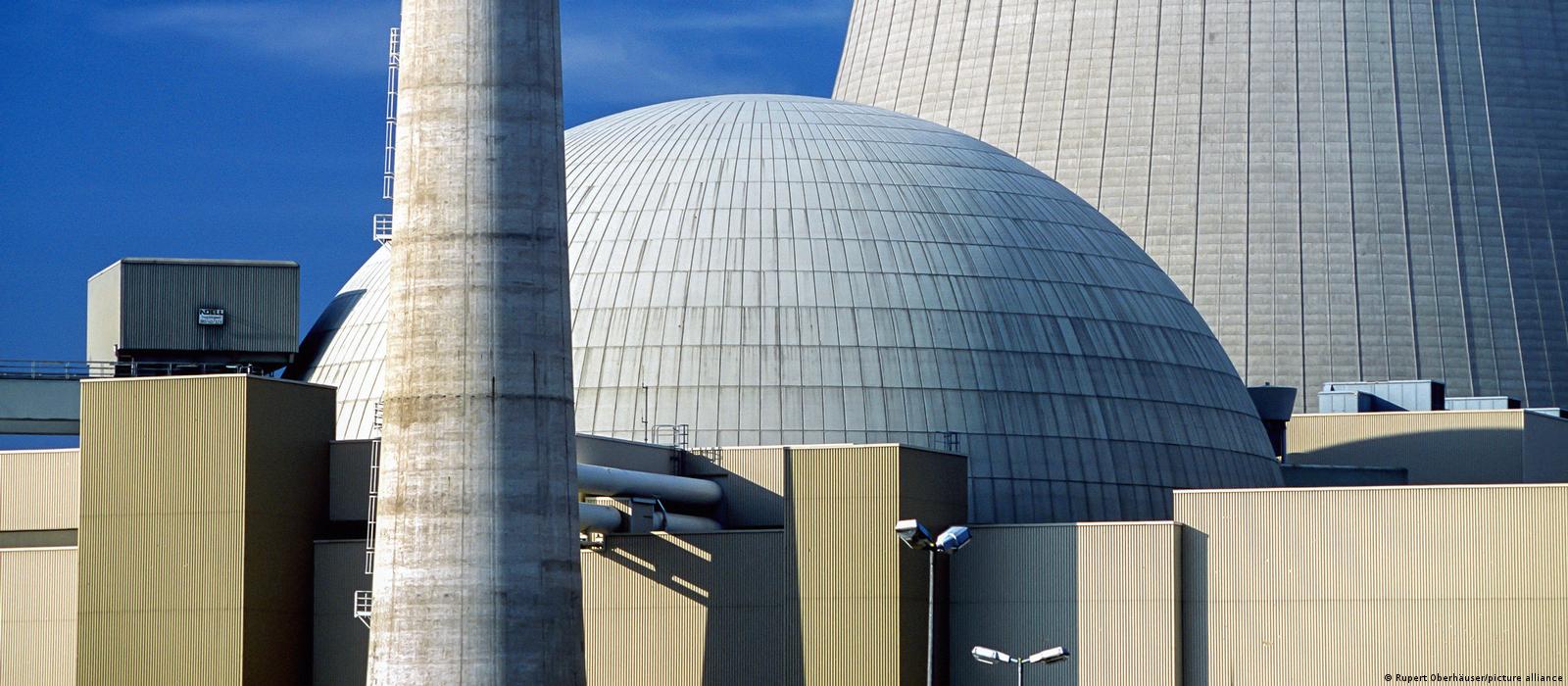
Why can't Germany break up with nuclear energy?
Germany has spent 25 years flipflopping on nuclear power. An energy crunch caused by the war in Ukraine is the latest reason to reconsider the technology.
Kristie Pladson | Neil King
DW
TODAY
The pillar of vapor can be seen billowing into the sky from miles away, but finding the nuclear reactor isn't that easy. The Emsland Nuclear Power Station is tucked away between a patch of trees and a chemical factory, quietly generating nuclear power for Germany just 10 kilometers (6.21 miles) south of downtown Lingen, a small city in the regional German state of Lower Saxony.
"Honestly, you forget about it," Christine, a 44-year-old who grew up in the area, told DW on the red-brick streets of Lingen. "And you trust and hope that everything will be fine."
The Emsland reactor is one of the last three nuclear power stations in Germany. All three were meant to be shut down for good on New Year's Eve this year, bringing a complete end to nuclear energy production in Germany. Then Russia started waging war in Ukraine.
"Really I think of myself as against nuclear energy," Christine said. "But I have to admit that you see the situation a bit differently now."
Major policy change
Until recently, Russia had been a major energy partner to Germany, providing the country with the majority of its oil and natural gas. But tensions over the war in Ukraine upended that partnership. It has left Germany scrambling for alternative supplies as the winter months take hold in Europe, and sent energy prices through the roof.
Now the country is rethinking its nuclear phaseout strategy. Today Germany's three existing nuclear reactors produce around 6% of the country's electricity supply. But it wasn't always this way: back in the 1990s, 19 nuclear power plants were producing about a third of Germany's power supply.
Then, in 1998, a new center-left government consisting of the Social Democrats and the Greens party moved to get away from nuclear energy, a long-held objective of the Greens. Their prominence had started taking off in the 1980s as they railed against the dangers of nuclear weapons and nuclear energy against the backdrop of the Cold War. The construction of new nuclear plants in Germany ended in 2002 and plans were made to phase out all existing facilities over the next few decades.
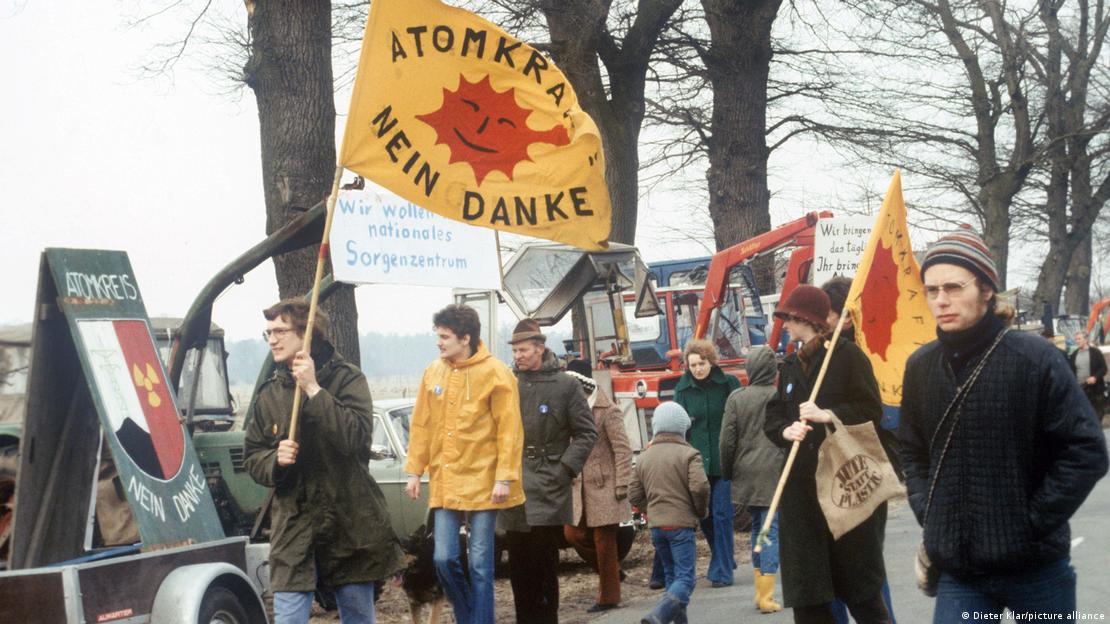
Anti-nuclear protests led to the founding of Germany's Greens and fomented public distrust in the technology
Image: Dieter Klar/picture alliance
'Fascinating' technology
But Germany's dramatic affair with nuclear energy wasn't even close to being over. In 2010, a coalition of the conservative Christian Democrats and the liberal Free Democratic Party came into power and extended the use of nuclear energy by up to 14 years. But just one year later, meltdowns and explosions at the Fukushima nuclear power plant in Japan prompted Germany to do an about-face on this policy. The government returned to the plan for a nuclear phaseout by the end of 2022.
Until October this year, when German Chancellor Olaf Scholz ordered the country's three remaining nuclear power stations to keep operating until mid-April of 2023, less than three months before their planned retirement.
Speaking with DW the week of his own retirement from the industry, Lingen local and electrician Franz-Josef Thiering isn't surprised Germany is struggling to break up with nuclear energy. Over coffee at his home, he shows off a model of a sliver of uranium, gifted to him by the uranium fuel rod company where he had worked. Encased in clear plastic is a thin, dark square the size of a pinky finger nail. Two of these slivers can power one average household in Germany for one year, Thiering says.
"That fascinates me," he told DW. "That's physics."
Germany and nuclear power — a love-hate relationship
Nuclear power has been celebrated, condemned, and banned in Germany. As energy imports from Russia come to an end, many are calling for it to make a comeback. Here's a look at the history of a love-hate relationship.
Image: Julian Stratenschulte/dpa/picture alliance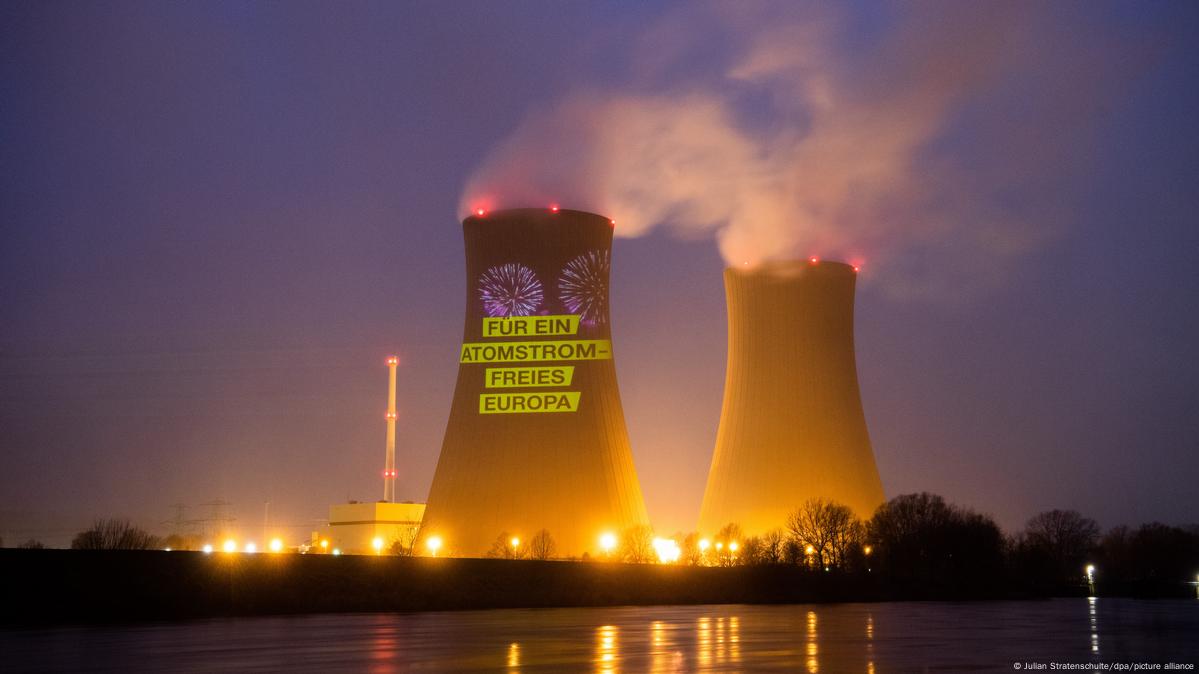
It all began with an 'egg'
Germany's first nuclear reactor went online in October 1957 in Garching near Munich. Given its shape, it was nicknamed the "atomic egg" and belonged to Munich's Technical University. It was a landmark in nuclear research and a symbol of a new beginning after WWII. In 1961, Germany began to produce energy for civilian use. Atomic energy was seen as safe and secure.

It all began with an 'egg'
Germany's first nuclear reactor went online in October 1957 in Garching near Munich. Given its shape, it was nicknamed the "atomic egg" and belonged to Munich's Technical University. It was a landmark in nuclear research and a symbol of a new beginning after WWII. In 1961, Germany began to produce energy for civilian use. Atomic energy was seen as safe and secure.
Image: Heinz-Jürgen Göttert/dpa/picture-alliance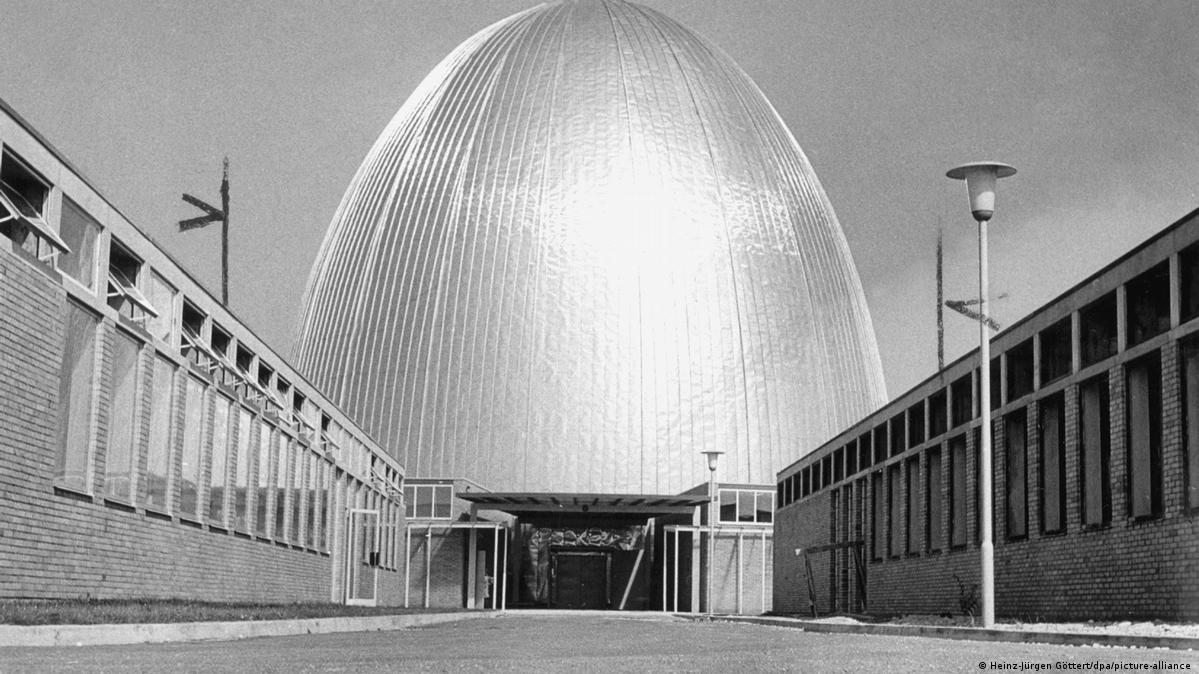
The pushback begins
In the 1970s, opponents of nuclear energy questioned just how clean nuclear power was, seeing as there is no safe storage for spent fuel rods. Thousands of protesters clashed with police during a demonstration against the nuclear power plant Brokdorf, in the northern German state of Schleswig-Holstein. "Nuclear energy? No thanks," became the rallying cry for German environmentalists.

The pushback begins
In the 1970s, opponents of nuclear energy questioned just how clean nuclear power was, seeing as there is no safe storage for spent fuel rods. Thousands of protesters clashed with police during a demonstration against the nuclear power plant Brokdorf, in the northern German state of Schleswig-Holstein. "Nuclear energy? No thanks," became the rallying cry for German environmentalists.
Image: Klaus Rose/imago images
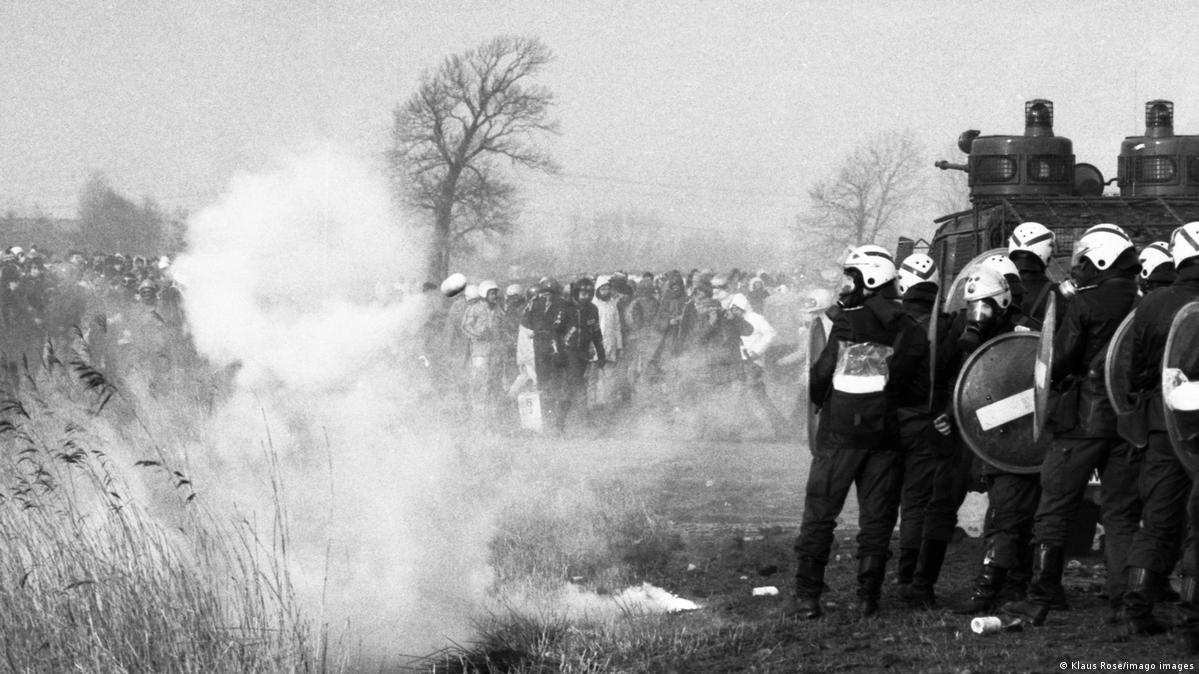
'Nuclear energy? No thanks'
The danger of nuclear power soon became reality. On March 28, 1979, the plant at Three Mile Island, in the US state of Pennsylvania, had a serious accident. And on April 26, 1986, a reactor at the plant near Chernobyl, in Soviet Ukraine, exploded — causing an unprecedented nuclear disaster. A radioactive cloud spread across Europe. It was a watershed moment for Germany, with rotests gaining steam.Image: Tim Brakemeier/dpa/picture-alliance
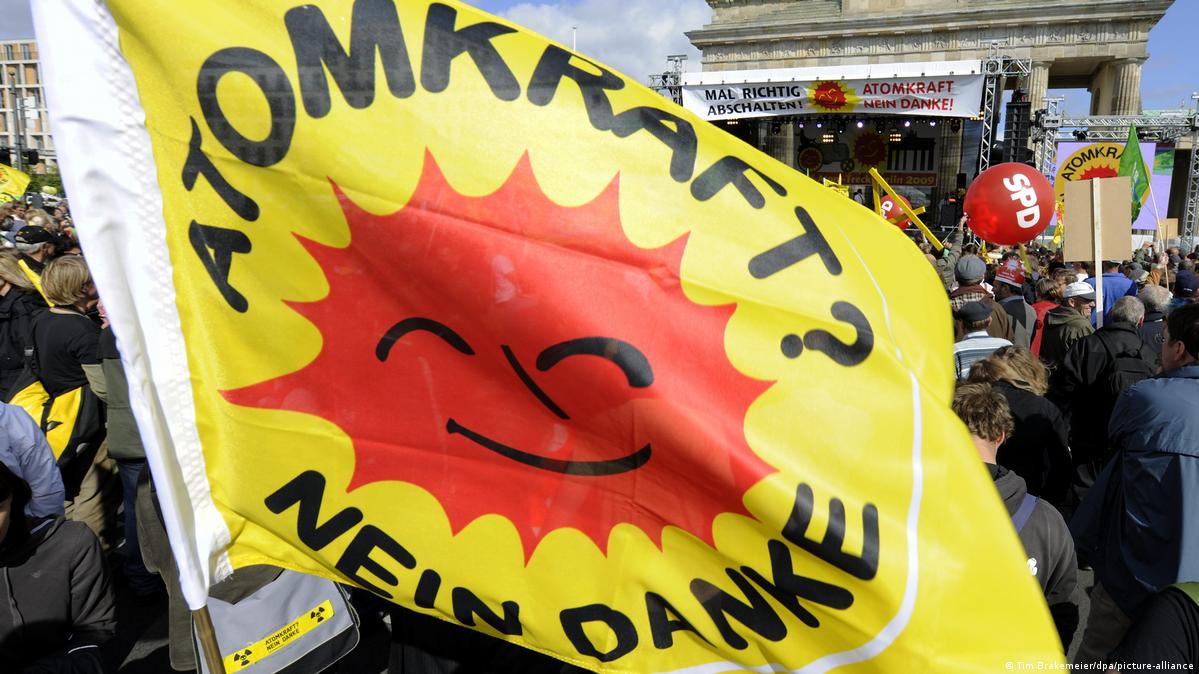
Birth of a new party
In 1980, a new party was founded in West Germany: the Greens. Their members were a mix of left-wingers, peaceniks, environmentalists — and a key contingency, nuclear opponents. The party made entered Bundestag, the German parliament, in 1983. Meanwhile, the Chernobyl accident prompted the creation of an environment ministry in Germany.
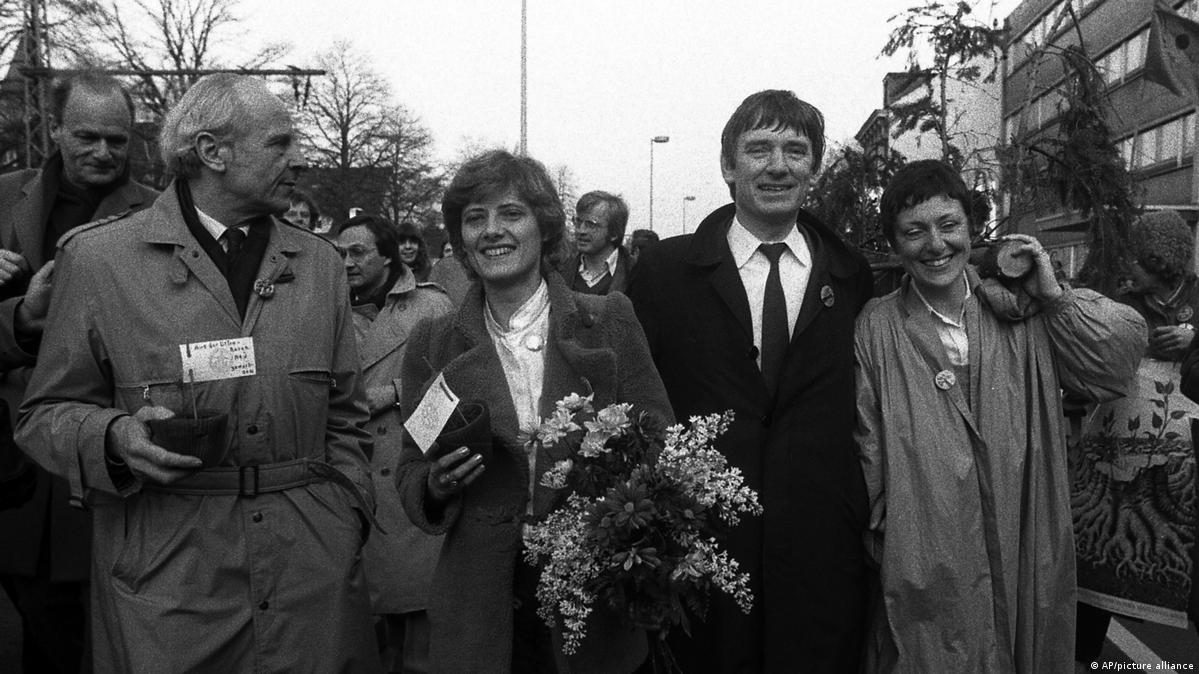
Wackersdorf: Tragedy and triumph
The Bavarian town of Wackersdorf was set to get a reprocessing plant for spent nuclear fuel rods, but riots broke out in protest. A number of demonstrators and civil service workers were killed, and hundreds more people were injured. Construction was halted in 1989. The German environmental movement claimed its first major victory — muted by the tragedy of lost lives.
Image: Istvan Bajzat/dpa/picture alliance
Gorleben: Radioactive waste in a salt mine
Meanwhile up north, the town of Gorleben — in the state of Lower Saxony — became a symbol of the fight against nuclear waste. The salt dome there was picked as an interim storage facility for nuclear waste. But already in 1977, a large-scale study revealed that groundwater was seeping in, corroding the barrels holding the waste. This of course posed a major risk of radioactive contamination.

Gorleben: Radioactive waste in a salt mine
Meanwhile up north, the town of Gorleben — in the state of Lower Saxony — became a symbol of the fight against nuclear waste. The salt dome there was picked as an interim storage facility for nuclear waste. But already in 1977, a large-scale study revealed that groundwater was seeping in, corroding the barrels holding the waste. This of course posed a major risk of radioactive contamination.
Image: BREUEL-BILD/picture alliance
SPD-Green exit plans
Germany's exit from nuclear power has been marked by flip-flops. The center-left coalition of Social Democrats (SPD) and Greens under Chancellor Gerhard Schröder intended the phaseout of nuclear energy in an agreement with big energy companies in 2001. An individual lifespan was determined for all 19 German nuclear power plants, requiring the last to be shut down by 2021.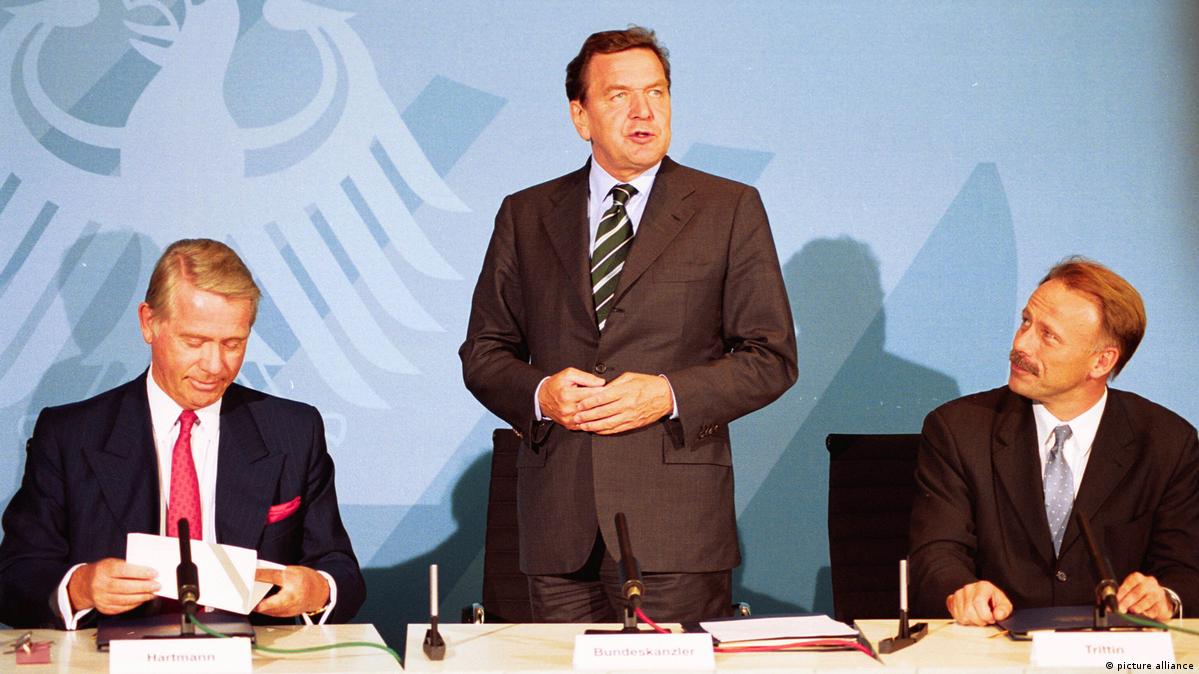
Rolling back — then rolling back the rollback
In 2010, the center-right government under Chancellor Angela Merkel revoked the deal and decided to extend the operating lives of Germany's nuclear power plants. But following the nuclear disaster at the Fukushima plant in Japan in 2011, Merkel abruptly announced the end to Germany's atomic era. In July 2011, the Bundestag voted to shut down all nuclear reactors by December 31, 2022.

SPD-Green exit plans
Germany's exit from nuclear power has been marked by flip-flops. The center-left coalition of Social Democrats (SPD) and Greens under Chancellor Gerhard Schröder intended the phaseout of nuclear energy in an agreement with big energy companies in 2001. An individual lifespan was determined for all 19 German nuclear power plants, requiring the last to be shut down by 2021.

Rolling back — then rolling back the rollback
In 2010, the center-right government under Chancellor Angela Merkel revoked the deal and decided to extend the operating lives of Germany's nuclear power plants. But following the nuclear disaster at the Fukushima plant in Japan in 2011, Merkel abruptly announced the end to Germany's atomic era. In July 2011, the Bundestag voted to shut down all nuclear reactors by December 31, 2022.
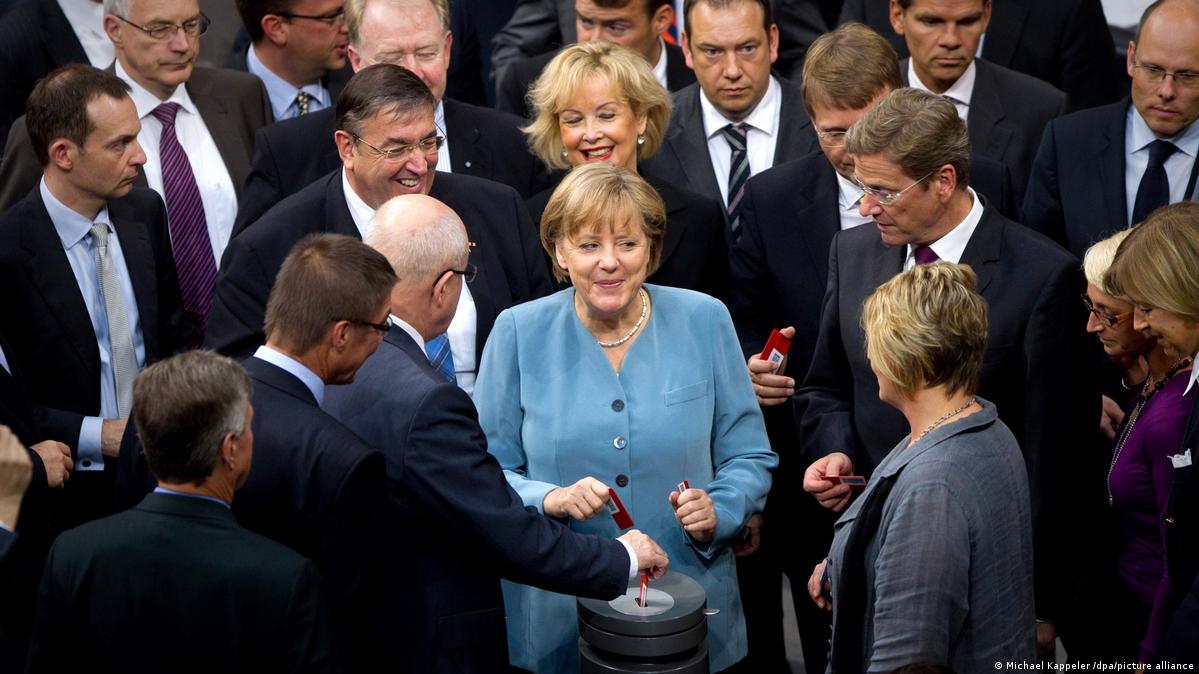
Celebrating the end of nuclear energy in Germany
After years of especially intense protest, activists in the German towns of Grohnde, Gundremmingen and Brokdorf celebrated when the power plants there were switched off at the end of 2021. But the search for a safe waste repository continues. The nationwide location for a geologically suitable safe site for high-level radioactive waste is to be determined by 2031.

Should we stay or should we go?
In response to energy shortages due to the war in Ukraine, calls became louder to extend the lifespan of Germany's remaining three nuclear power plants. Green Party Economy Minister Robert Habeck (right) reluctantly agreed to put two of them on standby until mid-April. But FDP Finance Minister Christian Lindner advocated extending all remaining power stations' lifespan well into 2024.
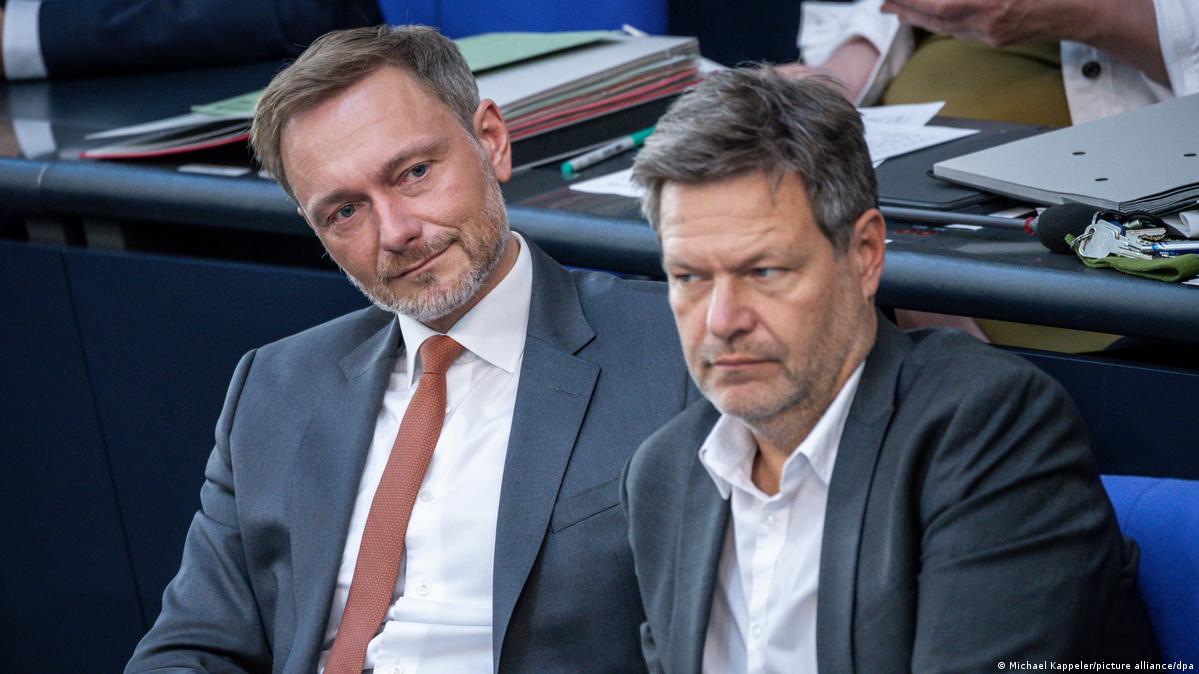
The chancellor decrees an extension
The dispute between the FDP and the Greens turned into a crucial test for the German governing coalition, with Chancellor Olaf Scholz in the end making use of his directives authority. In a letter to the finance, economy and environment ministries, he communicated his decision: The three remaining nuclear power plants are to continue operating until April 15, 2023. Parliament may amend the law.

Growing energy needs
It's foolish to discount the significance of the electricity produced by Germany's nuclear power plants as the country tries to pull off a transition to green energy, Thiering argued.
"We will need more electric power in the future. That's a fact," he said, thinking of things like electric cars and heat pumps. "And 6% can be a lot to miss when there is nothing new [to replace it]. We'd be losing 6% when we really will need more."
Many Germans seem to agree. While the majority of the public was in favor of the nuclear phaseout following the Fukushima disaster, as of August this year over 80% were in favor of extending the lifespan of Germany's existing nuclear reactors, according to a survey by German broadcaster ARD.
Disaster fears
But fears of a nuclear disaster and the unresolved question of what to do with radioactive nuclear waste still have many convinced the extension is the wrong move. Claudia Kemfert, a professor of energy economics at the Hertie School of Governance in Berlin, points to Germany's neighbor France, where they are highly dependent on nuclear energy, as an example.
"Half of the new nuclear power plants [in France] are offline and because they have safety difficulties," Kemfert told DW. "In Germany, we have the same problem. The safety inspections haven't been done for over 15 years now. And we need to do them urgently in order to see whether we have the same problem as in France."
She also makes the point that nuclear power is a poor substitute for natural gas, which can also be used for heating, not just producing electricity.
Small carbon footprint
Still, many are now seeing nuclear energy as preferable to a fall back to burning coal, another strategy Germany has reached for amid this energy crisis. Nuclear plants produce 117 grams of CO2 emissions per kilowatt-hour, according Dutch-based anti-nuclear group WISE, whereas burning lignite, a type of coal, produces over 1,000 grams of CO2 emissions per kilowatt-hour.
Despite the changing circumstances, Thiering doesn't see this temporary extension turning into a full-blown nuclear renaissance in Germany.
"I think we're only talking about a short time, really," he said. "Like a bridge."
Edited by: Uwe Hessler
No comments:
Post a Comment